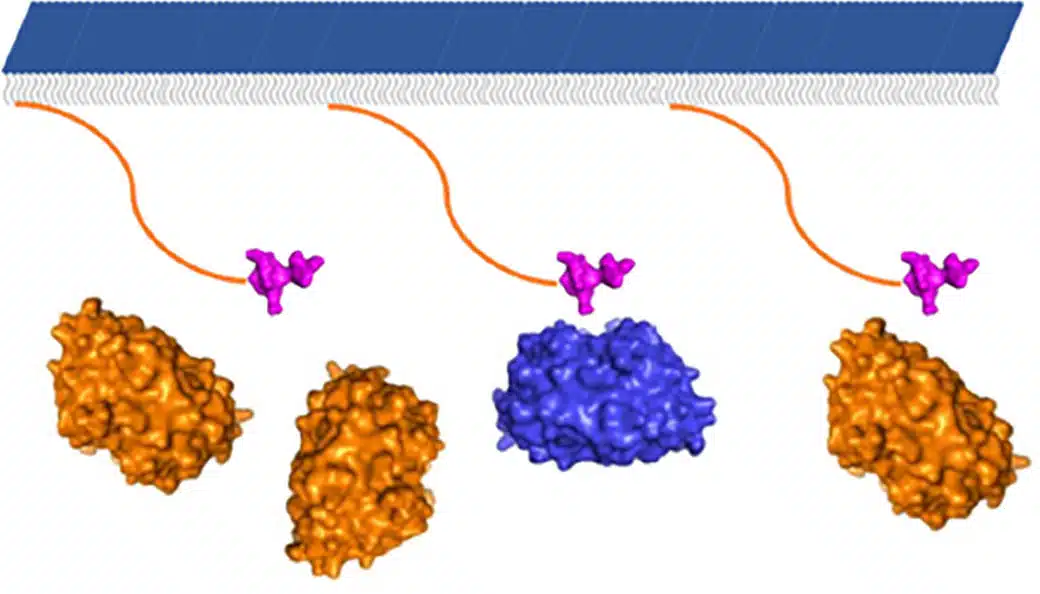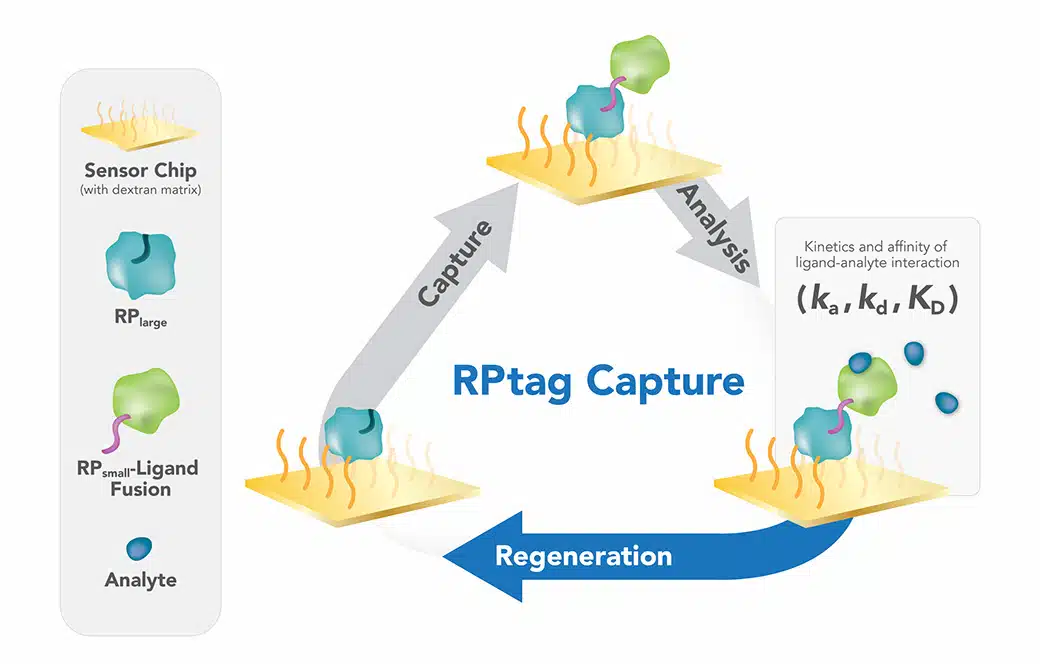
What is SPR?
Surface Plasmon Resonance (SPR) assay is a label-free, real-time, optical biosensor technique used to quantify the affinity and kinetics of biomolecular interactions. The SPR binding assay process begins by capturing one binding partner (the "ligand") to a chip surface and then injecting a solution-phase binding partner (the "analyte") over the surface.
This technique allows for the observation of binding association and dissociation as a change in the refractive index plotted on a two-dimensional sensorgram plot, correlating to an increase or decrease in bound mass. We exclusively use Biacore 8K/8K+ SPR systems, which are exquisitely sensitive and able to detect even small molecule or fragment binding interactions. Surface plasmon resonance analysis provides valuable information regarding the binding kinetics, affinity, and specificity of biomolecular interactions.
Advantages of Surface Plasmon Resonance Assays
Kinetic Analysis
The SPR Biacore technology allows us to track biomolecular interactions in real-time, enabling the direct measurement of kinetic association and dissociation rates of the binding interaction. There are very few biophysical techniques that are able to supply kinetic data.
Affinity Determination
Our SPR binding assays offer a reliable method to directly measure binding affinities, without the need for extensive assumptions or modifications. This capability provides a solid foundation for evaluating molecular interactions, offering swift screening and continual enhancement of drug discovery campaigns.
High Sensitivity and Specificity
Complex biological interactions with affinities spanning the picomolar to millimolar range can be readily detected, and quantified, with high accuracy due to the sensitivity and specificity of SPR binding assays. Our Biacore 8K/8K+ SPR systems effectively have no molecular weight limit, meaning that even weak fragment and small molecule binding events can be observed.
Label-Free Detection
SPR assays often do not require chemical modifications to the molecules of interest, therefore the native state and functionality of the molecules are preserved, ensuring reliable and physiologically relevant data.
Quantitative Insights
Yielding precise quantitative data on binding kinetics and affinities, Biacore SPR allows for easy upload and comparison in data management systems such as CDD Vault.
Applications of SPR Assays in Drug Development:
Custom and Collaborative: Our SPR Assay Service
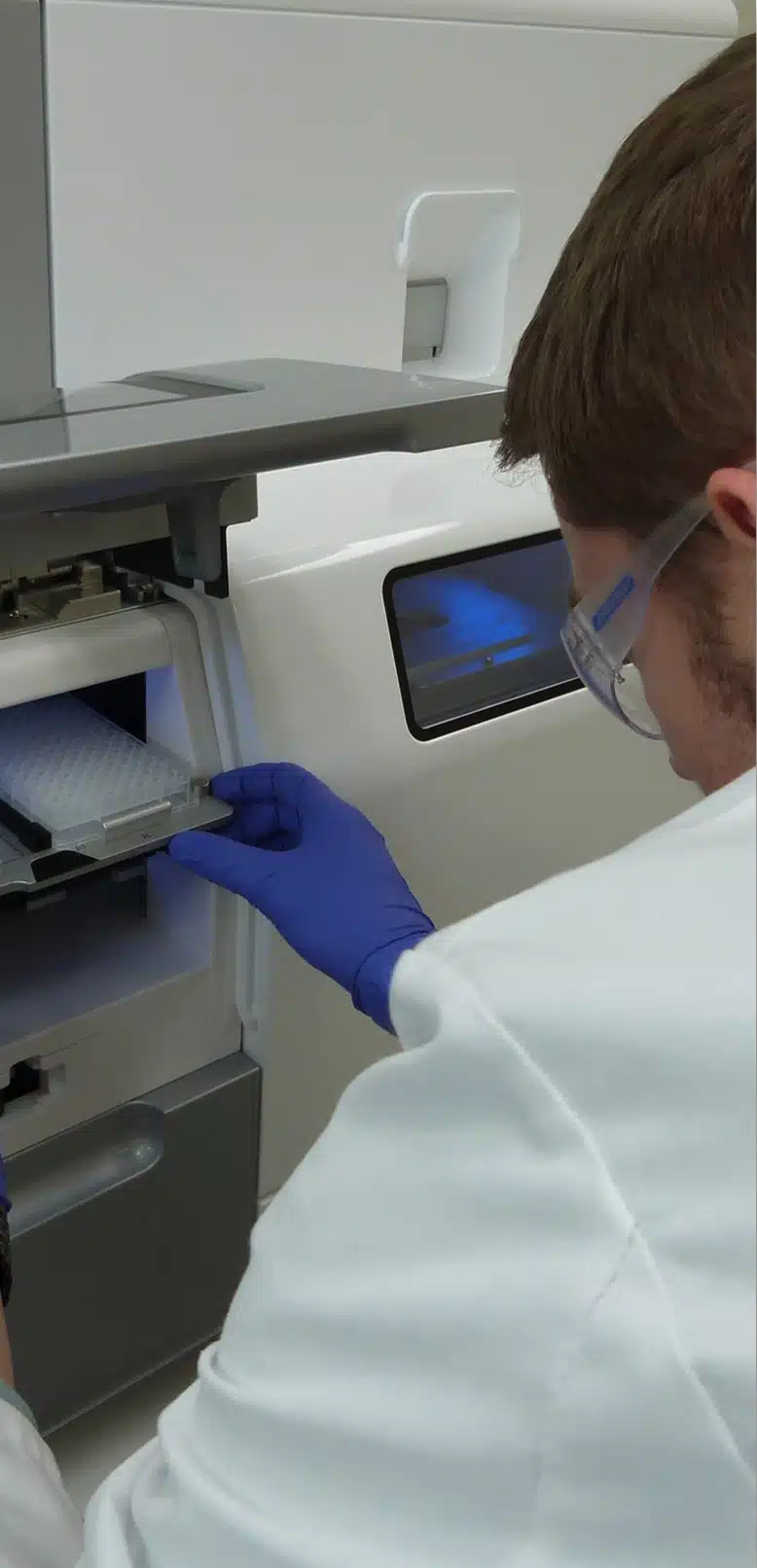
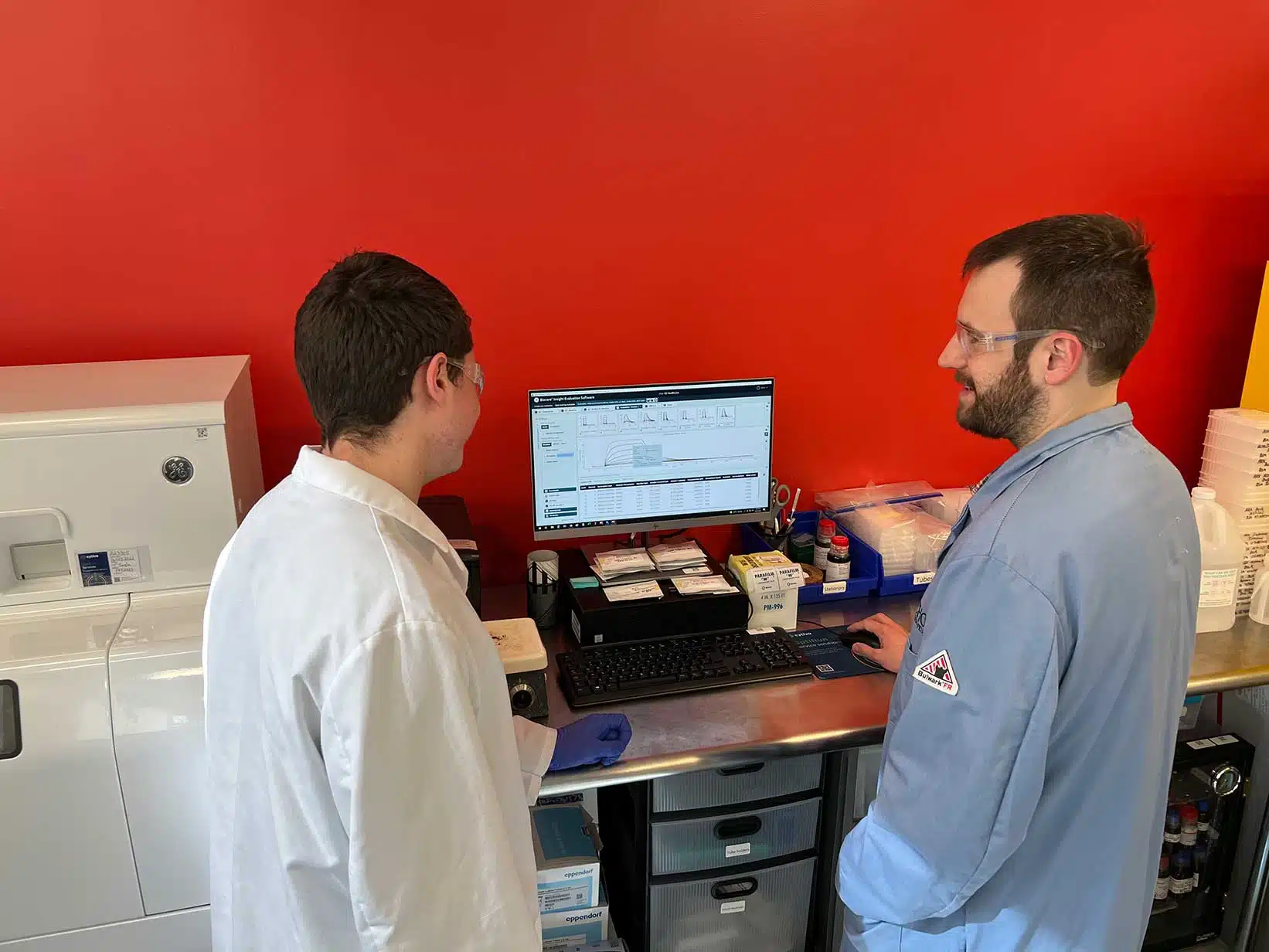
Our specialized SPR assay service is designed to cater to your specific research requirements Our team of scientists will work closely with you to develop personalised assays either from scratch, or from literature, establishing experimental parameters, and analysing data. We actively seek collaboration with all our clients, working with you to ensure that your research is on the right track. This collaborative approach ensures that all aspects of our Biacore SPR service fits your needs from the very beginning, and to the end.
Innovative Tagging Technique: Our team has developed an innovative tagging technique that expands the applicability of surface plasmon resonance, making it possible to include proteins previously deemed unsuitable for high-throughput screening because of stability concerns.
Comprehensive SPR Biacore Services for Biomolecular Interaction Analysis
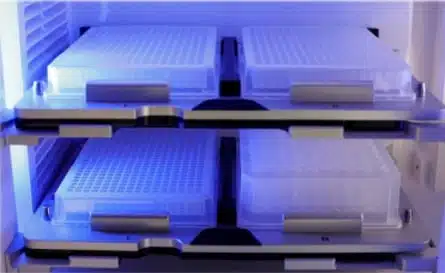
SPR is the state-of-the-art biophysical technique for characterizing biomolecular interactions, and our SPR assay services utilize the Biacore 8K/8K+ platform to provide high throughput fragment and small molecule screening (HTS). Our SPR analysis includes hit validation, clean screens, binding level screens, and titrations with full kinetics and affinity characterization, we cover it all:
- High-throughput clean screens & binding level screens
- Kinetic assays & titrations, single cycle (SCK), multicycle (MCK), parallel, and 2D
- Affinity assays & titrations: small molecule affinity determinations
- Thermodynamic studies, tease apart the thermodynamic parameters of your interaction
- Epitope binning, characterize and sort a library of monoclonal antibodies against a target protein
- Concentration & potency analysis: batch analysis of antibodies

